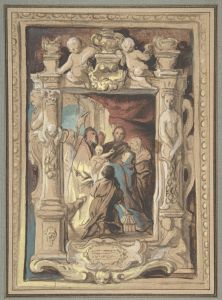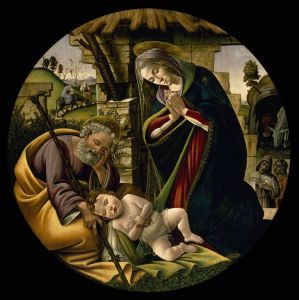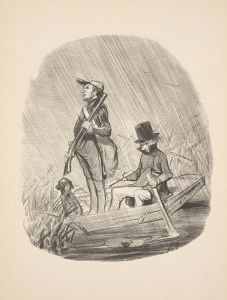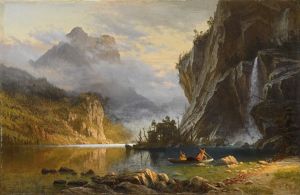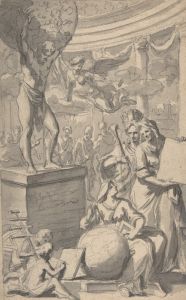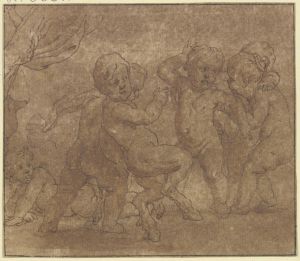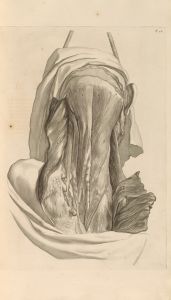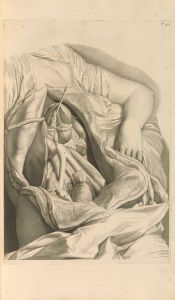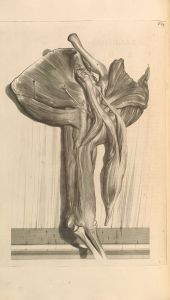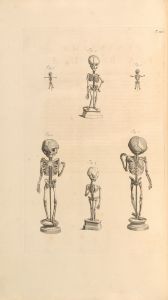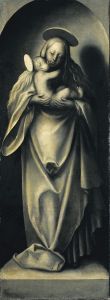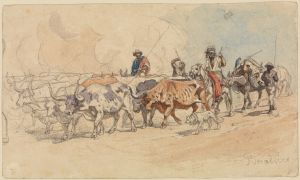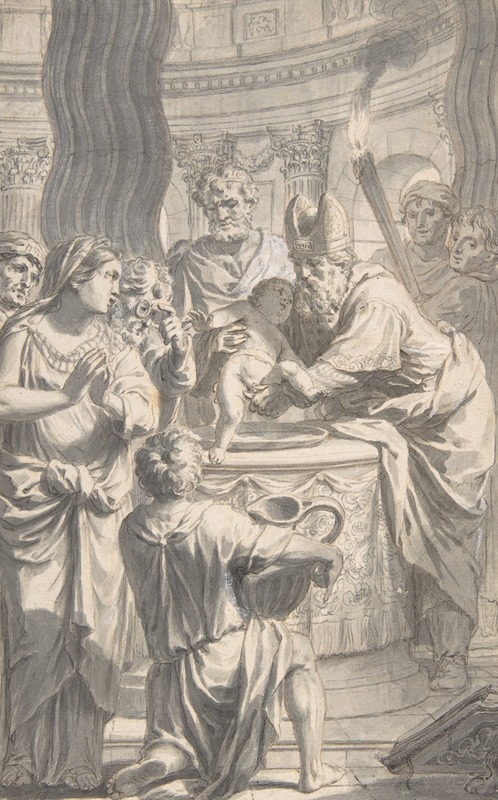
The Circumcision
A hand-painted replica of Gerard de Lairesse’s masterpiece The Circumcision, meticulously crafted by professional artists to capture the true essence of the original. Each piece is created with museum-quality canvas and rare mineral pigments, carefully painted by experienced artists with delicate brushstrokes and rich, layered colors to perfectly recreate the texture of the original artwork. Unlike machine-printed reproductions, this hand-painted version brings the painting to life, infused with the artist’s emotions and skill in every stroke. Whether for personal collection or home decoration, it instantly elevates the artistic atmosphere of any space.
Gerard de Lairesse's painting The Circumcision is a Baroque artwork created by the Dutch Golden Age painter, who was active during the 17th century. De Lairesse, known for his classical and academic style, was heavily influenced by the works of Nicolas Poussin and the ideals of classical antiquity. His works often reflect a refined and intellectual approach to composition, with an emphasis on clarity, balance, and harmony.
The Circumcision depicts the biblical scene of the circumcision of Jesus, an event described in the Gospel of Luke (Luke 2:21). This moment, occurring eight days after Jesus' birth, is significant in Christian theology as it marks Jesus' formal entry into the covenant of Abraham. The subject was a common theme in Christian art, particularly during the Renaissance and Baroque periods, as it allowed artists to explore themes of devotion, ritual, and the fulfillment of Old Testament prophecy.
In this painting, de Lairesse employs his characteristic use of dramatic lighting and carefully arranged figures to create a sense of solemnity and reverence. The composition likely centers on the infant Jesus, surrounded by Mary, Joseph, and other figures, including the priest performing the ritual. The artist's attention to detail and his ability to convey emotion through gesture and expression are evident in the work. The setting is typically rendered with architectural elements that reflect a classical influence, underscoring de Lairesse's preference for order and symmetry.
Gerard de Lairesse was a prominent figure in the Dutch art world during his time, but his reputation declined in the centuries following his death. He was also a theorist and author, writing extensively about art and aesthetics. His ideas contributed to the development of academic art in the Netherlands and beyond. Despite his eventual blindness later in life, de Lairesse continued to influence the art world through his writings.
The exact date of creation for The Circumcision is not definitively known, but it is consistent with de Lairesse's mature period, during which he produced many works with religious and mythological themes. The painting is currently housed in the Rijksmuseum in Amsterdam, which holds a significant collection of Dutch Golden Age art. It remains an example of de Lairesse's skill in blending classical ideals with Baroque sensibilities.
This artwork reflects the broader cultural and religious context of the Dutch Republic during the 17th century, a time when biblical themes were a central focus of artistic production. While de Lairesse's style diverged from the more naturalistic tendencies of his contemporaries, such as Rembrandt, his work demonstrates the diversity of artistic approaches within the period.





